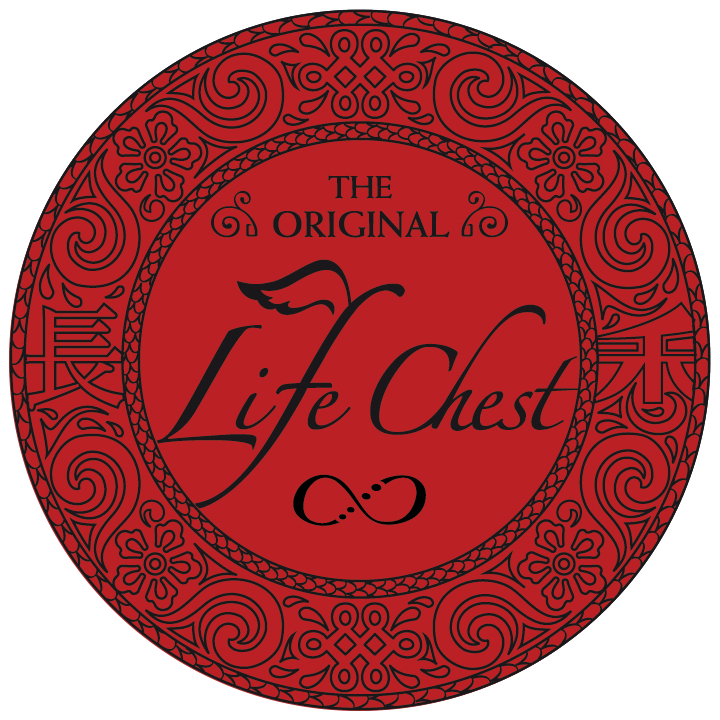From throwing the bouquet to making a toast, there are so many examples of wedding traditions that go back through history. Here we have details and explanations to some of the most popular ones.
In Jewish tradition, after the bride and groom are married, the groom will stomp on a glass and say "Mazel Tov," which means good luck. The glass shattering implies that the marriage will never break.
Another Jewish tradition is the chuppa, a canopy in which a Jewish couple stand under during their wedding ceremony. The chuppa signifies "The groom's home and the bride's new domain."
"Something old, something new, something borrowed, something blue." This is a rhyme that associates with what the bride should wear on her wedding day. While it may be superstitious, many brides aren't willing to take the chance. It is said that by wearing each one of these items, the bride can avoid "The Evil Eye." Something old could be a piece of jewelry worn by someone else in the bride's family history. Such as, a necklace worn by her grandmother. Something new could easily be your wedding dress! Something borrowed could be an accessory borrowed from a friend. For example, a bracelet. Something blue could be light blue shoes!
In Greek Orthodox Weddings, it is customary for the bride and the groom to be wearing a crown. The crowns are usually placed on their heads just after the rings are exchanged.The crowns are a visible reminder of the crowns that await us in heaven.
"Jumping the Broom," is a tradition demonstrated when couples literally jump over a broomstick after being pronounced husband and wife. This custom is significant in African-American weddings. It dates back to the 18th century in Ghana. "Brooms were waved over the heads of marrying couples to ward off spirits." Usually, the couple would jump over the broom at the end of the ceremony in order to show commitment.
We couldn't forget about the maid of honor and best man! The best man is the 3rd most important person at a wedding, behind the bride and groom. This right hand man is someone really close to the groom. The best man is in charge of keeping track of the rings, preparing a speech for the reception, and assisting the groom on the wedding day. On the other hand, the maid of honor is the bride's go to girl. The maid of honor is there to assist the bride with anything she needs on the day of the wedding. They are also legal witnesses to the wedding itself.
The tradition of the groom not seeing the bride before the wedding dates back to the time that arranged marriages were customary. The brides parents, who wanted their daughter to marry a man from a rich family, were afraid the groom would see their daughter before the wedding and call it off because of appearance. They would wait until the ceremony to present her to the groom. A wedding was more of a business deal than anything else during this time. Now, the bride and groom traditionally don't see each other before the wedding because it is good luck and a fun way to keep up those butterflies.
Hand-fasting is a wedding tradition that goes back to the 1960's. So, it is a fairly new tradition. The bride and the groom put their hands on top of each other's and recite their vows. Usually the bride and the groom maintain keen eye contact while describing their deep emotional thoughts about each other.
Have an upcoming wedding to go to? Looking for a gift? Look no further! The Life Chest Wedding Sale is going on NOW through Sunday! SHOP NOW
Sources:
www.weddingphotography.com.ph
www.aaregistry.org/historic_events/view/jumping-broom-short-history
www.theweddingyentas.com
www.weddingideasmag.com/something-old-something-new-traditions/
www.chabad.org/library/article_cdo/aid/476806/jewish/The-Bridal-Canopy-Chuppah.htm
www.themodernjewishwedding.com
www.orthodoxweddingcrowns.com/crownhistory.php
www.apracticalwedding.com/2013/08/sample-handfasting-ceremony/
